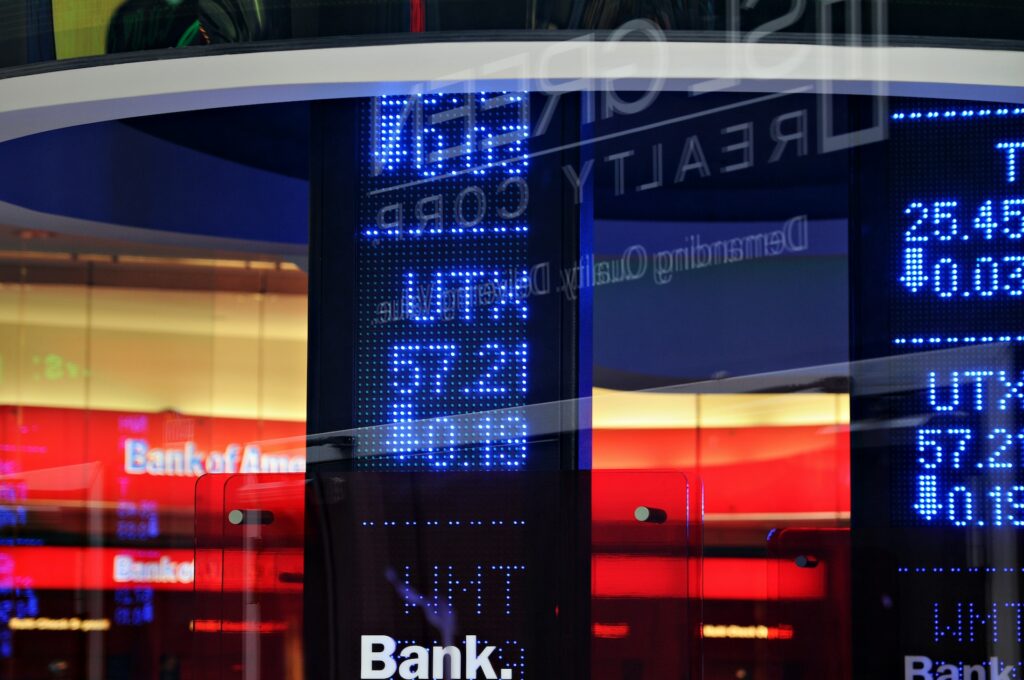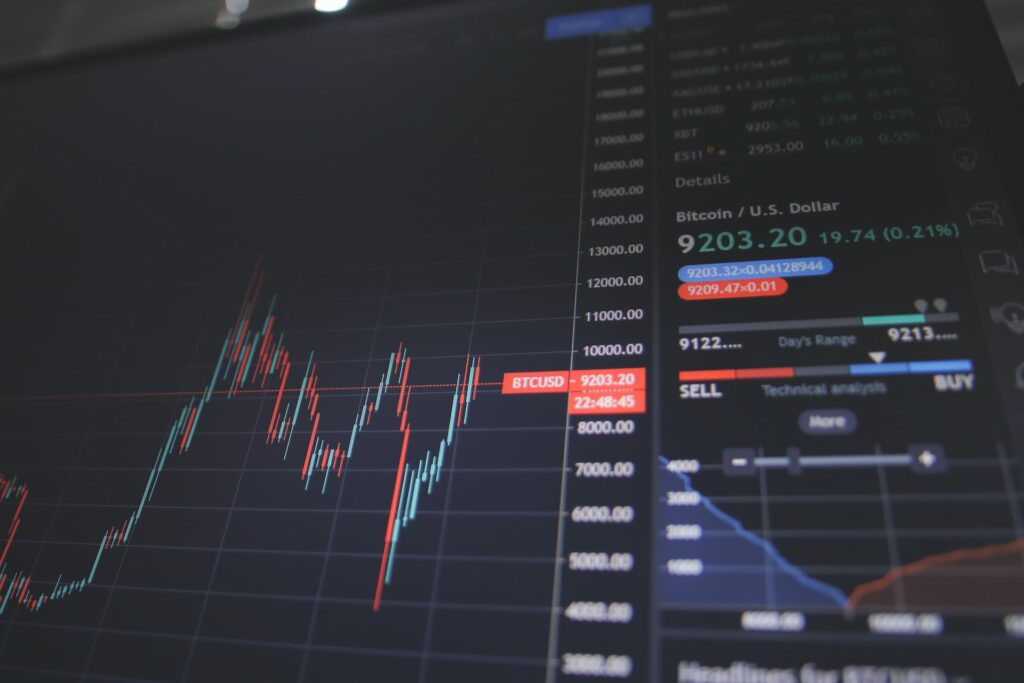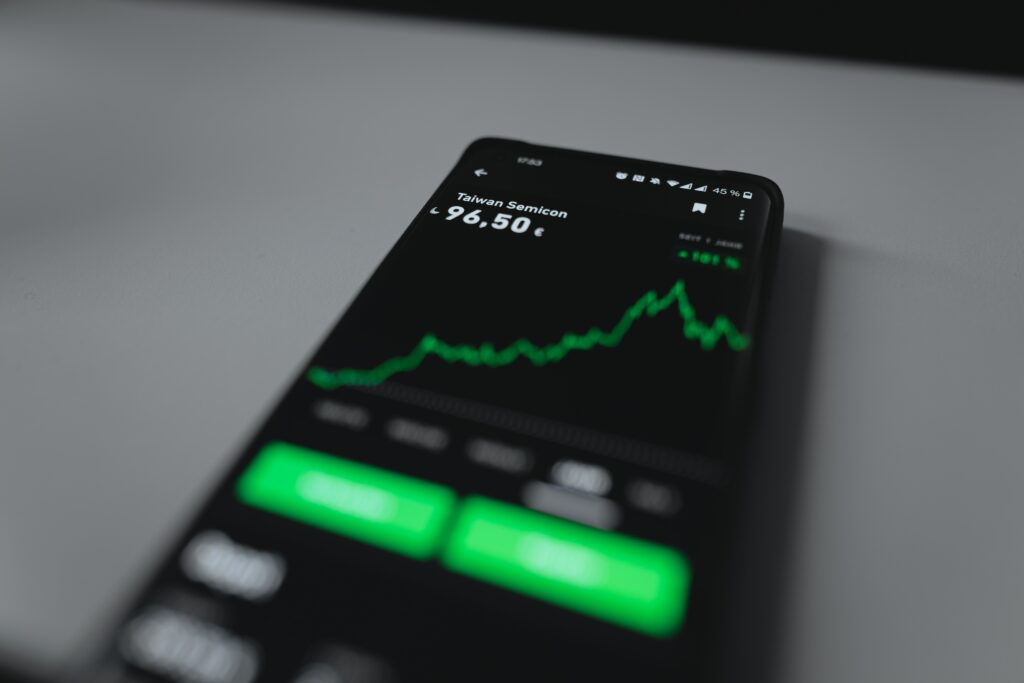Actively Managed Certificates, or AMCs for short, present themselves as an exciting innovation that combines flexibility and efficiency. Compared to investment funds, portfolios can be put together much more flexibly and cost-effectively. AMCs are not new to the market for structured products. However, active certificates have now become accessible to a wider range of investors.
FinTechs are now enabling the launch of AMCs, which are no longer primarily reserved for banks. Innovative asset managers ensure that private investors with assets of CHF 50,000 or more have access to lucrative investments.
Contents
- 1 The most important facts in brief
- 2 What is an Actively Managed Certificate (AMC)?
- 3 Actively Managed Certificate: issuing process and how it works
- 4 Investors benefit from these advantages
- 5 Security and risks: regulation and differences to funds
- 6 AMCs: further development of technology and accessibility meet increasing demand
- 7 Target groups for Actively Managed Certificates (AMCs)
- 8 Conclusion
The most important facts in brief
- AMCs are classified as structured products
- The portfolio is actively managed
- Wide range of possible underlying assets
- The certificates can be issued and managed cost-effectively
- AMCs are debt securities to the issuer – not special assets
- Digitalization makes Actively Managed Certificates accessible to a wide range of investors

What is an Actively Managed Certificate (AMC)?
AMCs are structured products and pursue an active investment strategy. This means that the underlying assets are continuously adjusted in line with market developments. With passive investment strategies, on the other hand, once the portfolio composition has been selected, it is no longer changed. For example, a selected equity allocation of 70 percent is consistently maintained regardless of what happens on the stock market – in other words, there is no active management.
With active certificates, investors invest in a wide range of assets, for example
- Equities
- Bonds
- Commodities
- Real estate
- digital currencies
- Collectibles
The performance follows the underlying assets. An investment manager selects the assets according to defined rules and dynamically adjusts them to market developments.
Depending on the focus and investment strategy, actively managed certificates are also offered under the following names:
- Exchange Traded Note (ETN)
- Dynamic Equity Notes
- Exchange Traded Instruments
- Strategy Notes
- Strategy Index Certificates
- Actively Managed Trackers
Notes – exchange-traded or over-the-counter
Issuers of actively managed certificates are banks, securities dealers and other special purpose vehicles (SPVs). The issuers therefore issue these as their own bonds. This can be done on or off balance sheet.
As the certificates are given an ISIN number, they are transferable securities and can therefore be held in custody accounts at various banks. Some AMCs are traded on the stock exchange; some are also placed privately.
Reading tip: Fees when investing
Actively Managed Certificate: issuing process and how it works
To understand how AMCs work, here are the individual processes in chronological order:
- Initialization: issuer outlines with asset managers the assets that will make up the AMC.
- Guideline: The issuer draws up a guideline according to which the certificate is to be managed.
- Pricing: The pricing is determined depending on the volume and the strategy (management fee).
- ISIN: An application is made for a securities identification number and, if necessary, listing on stock exchanges. After the approval process, the debt instruments are recognized and transferable.
- Active management: In accordance with the defined strategy, the portfolio is monitored by professional portfolio managers and rebalanced or optimized according to the performance of the financial markets.
- Liquidity: AMCs are either traded on the stock exchange or returned to the issuer.
- Payouts: Depending on the returns of the underlying assets and the agreements made, income is paid out on an ongoing basis.

Investors benefit from these advantages
Actively managed certificates offer the following advantages, particularly in comparison to traditional investment funds:
- Flexibility: the active certificates can be quickly adjusted or restructured as required.
- Wide range of investments: The investment horizon goes beyond traditional investments. Alternative or non-bankable investments such as works of art are also conceivable.
- Active investment management: In challenging market environments, professional, active investment management pays off particularly well.
- Cost efficiency: Since the issue and management of an AMC is comparatively inexpensive today, a wide range of investors receive professional asset management at manageable costs.
Broadening the investment horizon – investing in alternative assets
AMCs allow banks and other issuers a high degree of flexibility in the acquisition of assets. They therefore go far beyond the replication of funds or indices.
In addition to equities and bonds, alternative investments such as real estate, works of art or cryptocurrencies are also included in the certificates. On the one hand, this allows investors’ investment objectives to be mapped very specifically. At the same time, market opportunities that arise can be exploited immediately.
Reading tip: Private equity: a good investment for private investors?
Security and risks: regulation and differences to funds
Asset managers with lucrative investment ideas do not wait for the lengthy process of setting up a fund. They set up an AMC for their investors. This raises the question of the distinction between a structured product and a collective investment scheme.
Important: An Actively Managed Certificate is not a collective investment scheme under the Collective Investment Schemes Act.
In contrast to a fund, there is no separate liability substrate available. Instead, the capital is debt capital from the issuer’s point of view. There are therefore no specially protected fund assets. Legally, an AMC is a bond issued by the issuer. Investors should therefore pay particular attention to the trustworthiness of the iss uer.
According to the guidelines of the SIX Swiss Exchange and the Swiss Bankers Association (SBA), AMCs are financial products whose underlying assets relate to a basket managed on a discretionary basis (portfolio managers make investment decisions based on their expertise and experience). Indirect reference is also described in this context. This means that the underlying refers to an index.
Reading tip: AMC rules and regulations: What investors need to know
FINMA expects a high level of transparency
The supervisory authority FINMA (Swiss Financial Market Supervisory Authority) has imposed increased due diligence obligations on AMCs. For example, risk management must be organized independently of profit-oriented activities. This means that issuers must adequately mitigate the risks associated with AMCs. Furthermore, the cost transparency of structured products generally plays an exceptional role for FINMA. The supervisory authority also has high transparency requirements for AMCs. With regard to obligations under money laundering law, a distinction is also made as to whether a financial intermediary is involved and whether it is domiciled abroad.
Reading tip: Costs and tax treatment of actively managed certificates

AMCs: further development of technology and accessibility meet increasing demand
In recent years, actively managed certificates (AMCs) have become an increasingly important tool for investors looking for new ways to diversify their portfolio and increase potential returns. With the advancement of technology and the increasing accessibility of these investment tools, they are meeting with growing demand.
FinTechs have digitized issuance and management. This enables issuers to have an automated and standardized workflow. The result is greater efficiency, lower operating costs and faster processes. This makes the offering scalable for providers.
The advancement of technology has significantly changed the way AMCs work and how accessible they are. Today, investors access real-time information about their investments, execute transactions and manage their AMC portfolios easily and flexibly via online platforms.
Investment themes follow short-term economic changes
As with other structured products, changes in economic conditions lead to portfolio adjustments. With AMCs, however, these realignments can be implemented more quickly and flexibly.
The following investment themes currently stand out:
- Technology and innovation: this includes areas such as artificial intelligence, cloud computing and FinTech. The constant development of new technologies and their influence on various sectors make this theme attractive.
- Sustainable and ESG-oriented investments: With a growing awareness of environmental, social and governance (ESG) issues, AMCs that focus on sustainable companies or industries are showing increasing demand. Investors are increasingly looking for opportunities to achieve a positive social and environmental impact through their investments.
- Healthcare and biotechnology: The healthcare sector remains a key theme, particularly in the field of biotechnology. AMCs investing in companies developing innovative healthcare solutions can benefit from developments such as new drugs, therapeutic approaches and medical technologies.
- Alternative energy and climate protection: With the growing pressure on companies to adopt environmentally friendly practices, AMCs investing in renewable energy and climate protection are gaining importance. This includes companies in the solar energy, wind energy, e-mobility and sustainable infrastructure sectors.

Target groups for Actively Managed Certificates (AMCs)
The suitability of AMCs for certain target groups is heavily dependent on individual financial goals, risk tolerance and personal investment strategy. Investors should carefully consider their personal requirements and, where appropriate, seek professional advice to ensure that AMCs are suitable for their financial situation.
- Investors focused on optimizing returns: AMCs offer an attractive option for investors looking for lucrative returns. With active portfolio management by experienced investment professionals and low costs, market opportunities are exploited and positive returns can be achieved.
- Investors with specific investment preferences: AMCs cover a wide range of asset classes and themes. They are therefore attractive to investors with specific preferences, be it in technology, renewable energy, healthcare, ESG or alternative investments.
- Investors who want to actively manage risk: Active management makes it possible to react to market fluctuations and manage risk. This makes AMCs interesting for investors who want more active risk control in their portfolio.
- Investors seeking diversification: With the ability to invest in different asset classes and themes, AMCs offer broad diversification. This is attractive to investors looking to diversify their portfolios to minimize risk.
In addition to these points, investors should also consider the counterparty risk that exists in comparison to investment funds when making their investment decision.
Reading tip: Saving taxes in Switzerland – optimizing investments
Conclusion
Actively Managed Certificates (AMCs) are an innovative form of investment that combines flexibility and efficiency. Compared to investment funds, AMCs allow portfolios to be put together more flexibly and cost-effectively. The underlying assets can be drawn from a wide range, including alternative investments. The portfolio is actively managed and thus continuously adapts to market developments.
Digitalization has made AMCs accessible to a broader range of investors at low cost. AMCs are suitable for investors seeking to optimize returns, specific investment preferences, active risk management or diversification.
However, investors must be aware that the certificates are debt securities to the issuer and therefore carry a counterparty risk. The trustworthiness of the iss uer is therefore vital. Furthermore, depending on the strategy and volume, liquidity may be limited, especially in the case of non-exchange-traded AMCs. Compared to funds, AMCs can react more quickly to rapid technological change and rapidly changing market conditions. These two factors are likely to continue to make Actively Managed Certificates an exciting investment instrument for investors in the future.
Sources
- [1] fuw.ch
- [2] juliusbaer.com
- [3] ispgroup.com
- [4] vestr.com
- [5] imaps-capital.com
- [6] friends-of-funds.ch
- [7] vontobel.com
- [8] theiaengine.com
- [9] bdo.ch

